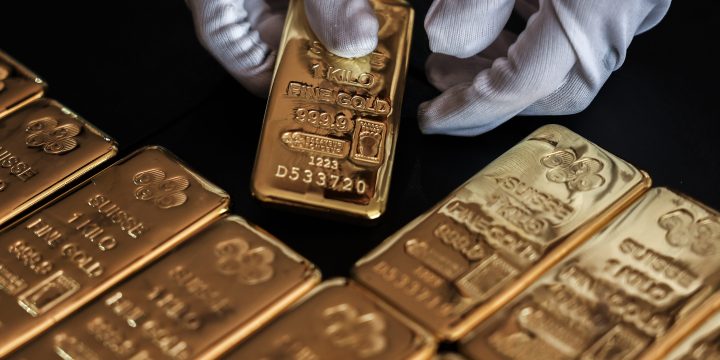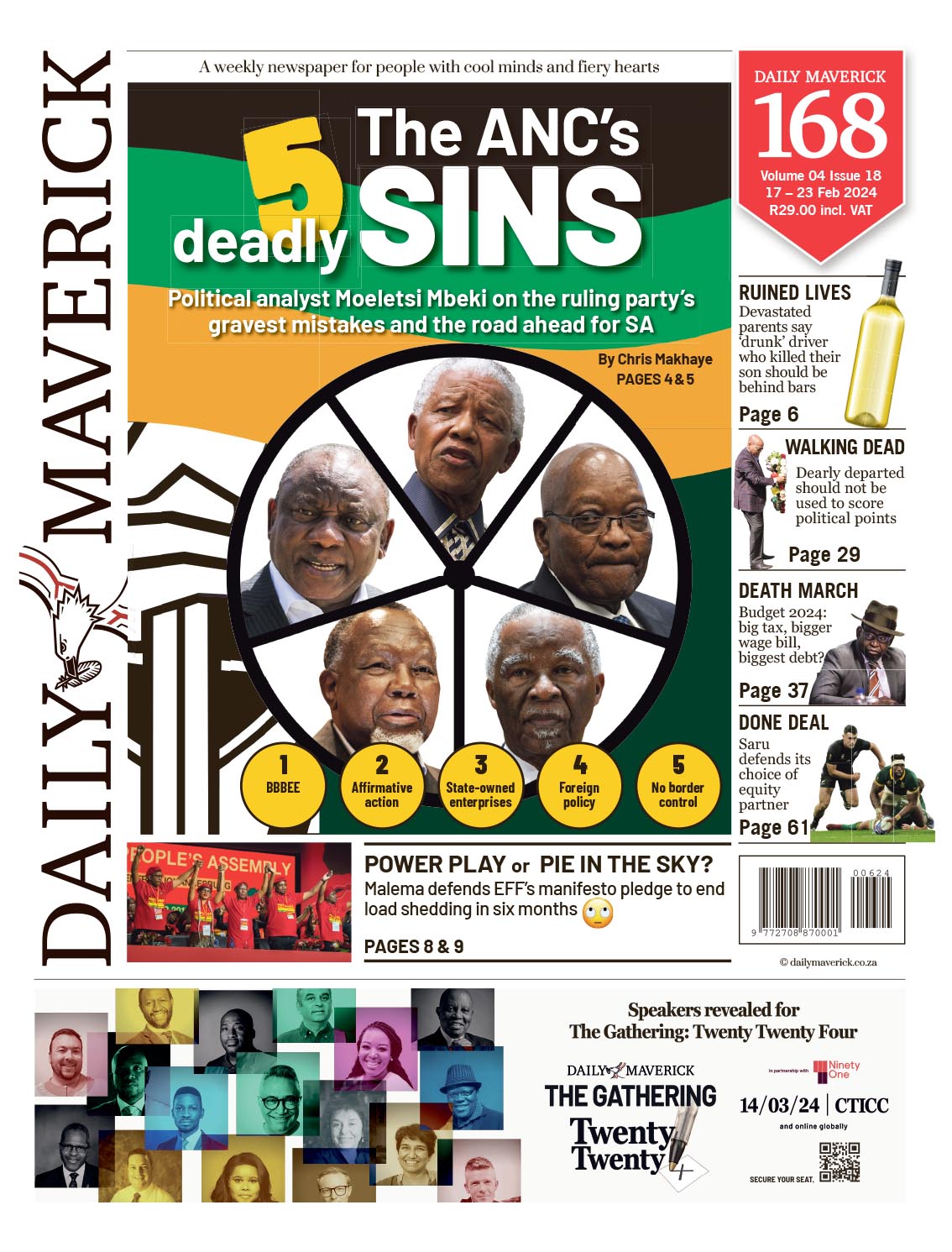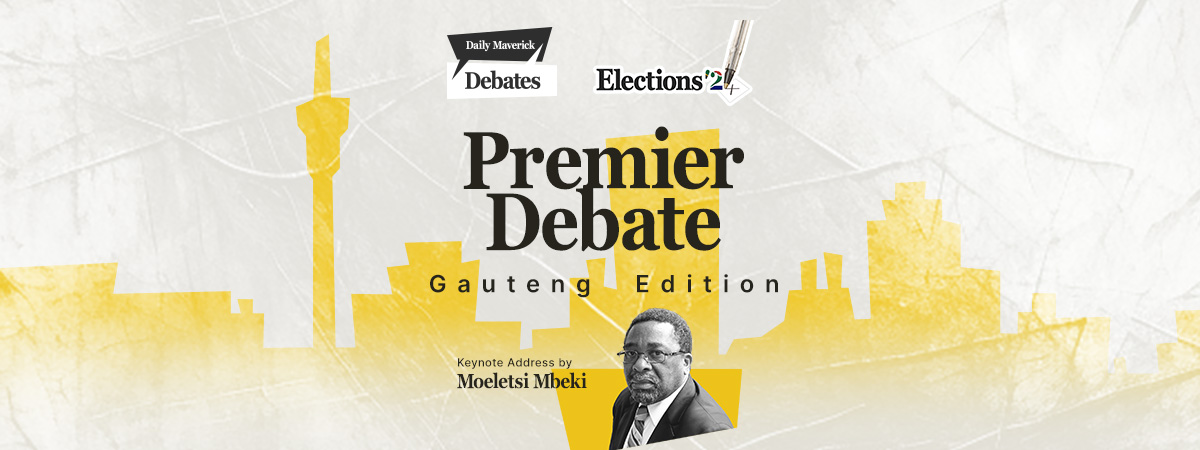SAFE HAVEN
Gold shines as US dollar loses lustre for central banks

Reports of the death of the greenback may have been exaggerated, but a new world is toying with an old store of value.
Forecasts of the US dollar’s demise as a reserve currency of choice are premature, and China’s renminbi is not going to replace it any time soon.
But central bank demand signals that gold may be stepping somewhat into this breach while the world weighs up its love/hate affair with the greenback and the drawbacks of other currencies.
Central bank purchases of gold last year reached 1,037 tonnes, the second-highest on record and just 45 tonnes short of the 2022 peak, according to the London-based World Gold Council.
This is one of the reasons that gold’s price scaled a record high in 2023 of just over $2,100 an ounce.
This continues a trend since the global financial crisis (GFC), which erupted in 2007. Central banks have been net buyers of gold every year since 2010, and the precious metal’s price has not fallen below $800 an ounce since 2009.
These two trends are not coincidental.
Notably, this represents a significant reversal of the state of play before the GFC. For 21 consecutive years before its onset, central banks were net sellers of gold.
The Bank of England, for example, was dumping the precious metal as if it was radioactive, often for the paltry sum of $275 an ounce. Obituaries galore were being written about gold’s role as an asset class.
Gold was on its way to becoming the new silver, and “platinum status” – be it for credit cards or memberships of various stripes – was what set you apart.
So why did the BoE and its peers hold golden fire sales?
“The sellers were developed market central banks who had a lot of gold at the end of the Bretton Woods Agreement that had tied currencies to gold.
So when that broke down in 1971, countries had a lot of gold in their reserves,” John Reade, the senior market strategist at the World Gold Council, told Daily Maverick in an interview at the Cape Town Mining Indaba.
“So developed market economies were reducing gold holdings and investing in government bonds.”
This came to a screeching halt when US banks – which were having their own fire sales of home mortgages and related instruments – realised to their collective horror that someone would ultimately have to pay off swelling debt levels that dwarfed the value of the assets linked to them.
That triggered the GFC.
The result was a slashing of interest rates and credit ratings downgrades, dimming the appeal of bonds while raising the profile of other assets, including gold.
This has especially been the case for emerging market central banks, which have been the main drivers of the buying trend since 2010.
Emerging market central banks didn’t have much by way of foreign exchange reserves at the end of Bretton Woods because they didn’t have much gold.
“These countries now recognise the benefits of having gold in their portfolios. So emerging markets started buying gold after the GFC,” Reade said.
This was an average of about 500 tonnes a year since the GFC, and this global central bank total then rocketed to more than 1,000 tonnes in 2022.
Post-Covid
“A number of things changed after Covid. One was a recognition that inflation is going to be a bigger problem going forward than it has been in the past 10 years,” Reade said.
“The challenge that major central banks had after the GFC was getting inflation up to their 2% target. There is a recognition now that the challenge will be getting it down to and keeping it at that target. So you change your inflation outlook; you change your rationale for holding gold.”
This is because gold is widely seen as a hedge against inflation.
Reade also mentioned question marks about the US dollar’s role as a reserve currency.
“We don’t believe in or call for the demise of the US dollar as a reserve currency. But I think most people recognise that the economic growth that we have seen in countries such as China and India and other rapidly growing emerging markets means that in the future there will be alternatives to the US dollar as a reserve currency,” Reade said.
“But those alternatives are not really suitable just yet.”
For example, China and India still have foreign exchange controls and their domestic capital markets are still not very liquid.
“So, if you want to diversify away from the US dollar into the new economies, you cannot do it effectively as yet. But what you can do is diversify into a traditional central bank asset like gold,” Reade said.
He and other analysts have also pointed to the impact of Western sanctions on Russia in the wake of its invasion of Ukraine. Gold is the ultimate safe haven because it’s a physical asset in your vaults.
And the US dollar has been losing its shine as a reserve currency.
In 2000, the greenback accounted for 75% of global central bank reserves. It currently amounts to 58%. That’s still significant.
The US accounts for about 26% of global gross domestic product.
Central bank dollar holdings are globally more than double the ratio of US GDP on the global economic stage, but the scale swells if one considers the fact that America can’t hold US dollars as a foreign reserve currency.
In times of uncertainty, sentiment toward fiat currencies can be fickle. But gold is a difficult way to measure asset or commodity prices.
For example, almost all are priced in dollars: a barrel of oil is, say, $80, gold is over $2,000 an ounce, a tonne of coal is $90 a tonne, and so on. A barrel of oil or a bushel of corn is not going to be priced as 1/20th of an ounce of gold. That would be like a barter system.
Fiat currencies are useful and the most useful one at present is the US dollar.
Gold is not about to replace the dollar as a store of central bank wealth. But for now, at least, it is stepping up to the plate. DM
This story first appeared in our weekly Daily Maverick 168 newspaper, which is available countrywide for R29.




















Comments - Please login in order to comment.